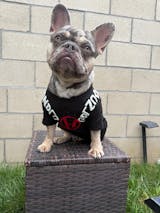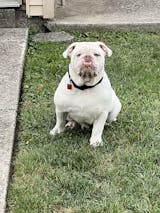What Are the Signs of Separation Anxiety in Dogs? How to Help.
Today we'll explore the challenges of separation anxiety in dogs and provide practical tips to help alleviate their distress. From understanding what separation anxiety entails to recognizing its signs, we'll learn effective strategies to help your furry friend feel more comfortable when left alone. Whether it's leaving interactive toys, creating a cozy space, or minimizing external disturbances, we'll cover various approaches to support your dog's well-being. Additionally, we'll discuss the importance of gradual desensitization and the role of rewards in reinforcing positive behavior during alone time.
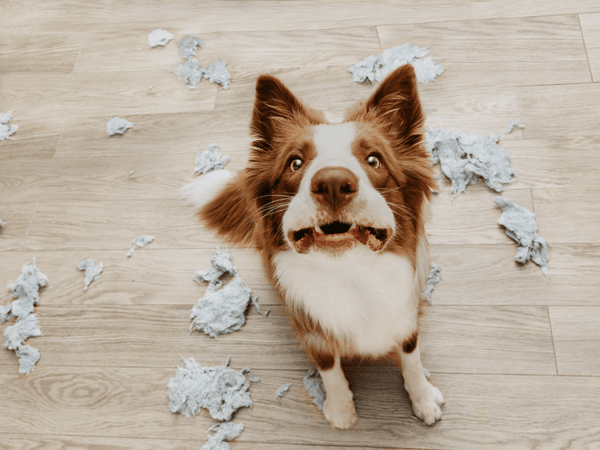
What is Separation Anxiety in Dogs?
Separation anxiety in dogs is a condition characterized by excessive distress when a dog is separated from their owners. Dogs experiencing separation anxiety often display a range of behaviors indicative of their distress, mentioned below. These behaviors can occur shortly after the owner leaves or even in anticipation of their departure, indicating a pup’s deep emotional attachment and reliance on human presence for both security and comfort.
Signs of Separation Anxiety in Dogs:
- Destruction: Your dog may chew furniture, shoes, or other items when left alone. Learn more about how to prevent your dog from being destructive when left home alone.
- Drooling: Excessive drooling, especially when it's out of the ordinary for your dog, can be a sign of anxiety.
- Escaping: Dogs with separation anxiety may attempt to escape, such as scratching at doors or windows.
- Pacing: Restlessness and constant pacing are common signs of anxiety in dogs.
- Vocalization: Excessive barking, whining, or howling can indicate distress and anxiety in dogs.
- Loss of Appetite: Some dogs may refuse to eat or drink when left alone, indicating emotional distress.
How to Help:
- Leave an interactive toy, such as a long-lasting treat-stuffed kong toy that can keep them occupied for a bit while you’re out.
- Create a cozy spot in your house for your pup. Have their favorite blanket and toy laid out on their bed.
- Minimize external disturbances: It may be helpful to close the blinds or curtains, and leave the radio on with calming dog music.
- Tire your dog out: Be sure to take your dog on a longer walk or to the dog park before having to leave them. This will help wear them out and prepare them to get some rest while you’re gone.
- Leave your dog alone for small increments at a time to work them up to a longer time away from each other. Gradual desensitization is a helpful way to get your dog accustomed to fears and stressors they may face.
Reward Your Pup:
Rewarding your dog is essential for reinforcing positive behavior and strengthening the bond between you and your furry friend. Consider giving your dog a special treat or a new toy as a reward for good behavior, such as obeying commands or calmly handling alone time. Additionally, investing in products like Squishface Ear Wipes can be a thoughtful way to show your care for your dog's overall well-being. These ear wipes contain ingredients like ketoconazole and chlorhexidine, which help maintain your dog's ear health by gently cleaning and preventing infections. By incorporating rewards and proactive care measures into your routine, you can ensure your dog feels loved, appreciated, and well taken care of.
The Bottom Line:
Understanding and addressing separation anxiety in dogs is crucial for their overall well-being and your peace of mind. By implementing the tips and strategies discussed in this blog, you can help alleviate your dog's distress and create a more harmonious environment for both of you. Remember to prioritize your dog's emotional needs and provide them with adequate mental and physical stimulation to prevent anxiety-related behaviors. Consistent dog care and attention to their individual needs are essential for fostering a strong and trusting relationship with your furry friend. With patience, understanding, and the right dog care tips, you can help your dog feel more comfortable and secure, allowing both of you to enjoy a happier and healthier bond.
Be sure to follow us on TikTok, Instagram, Facebook, Pinterest, YouTube, and visit our blog weekly for more tips on caring for your adored furry friend, and the latest on all things Squishface!


